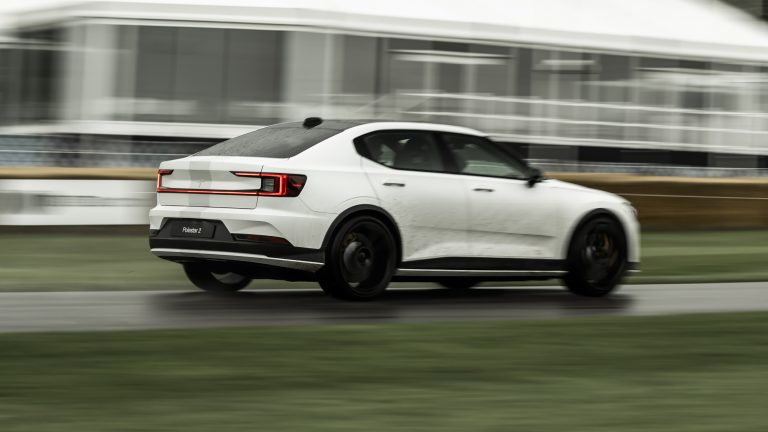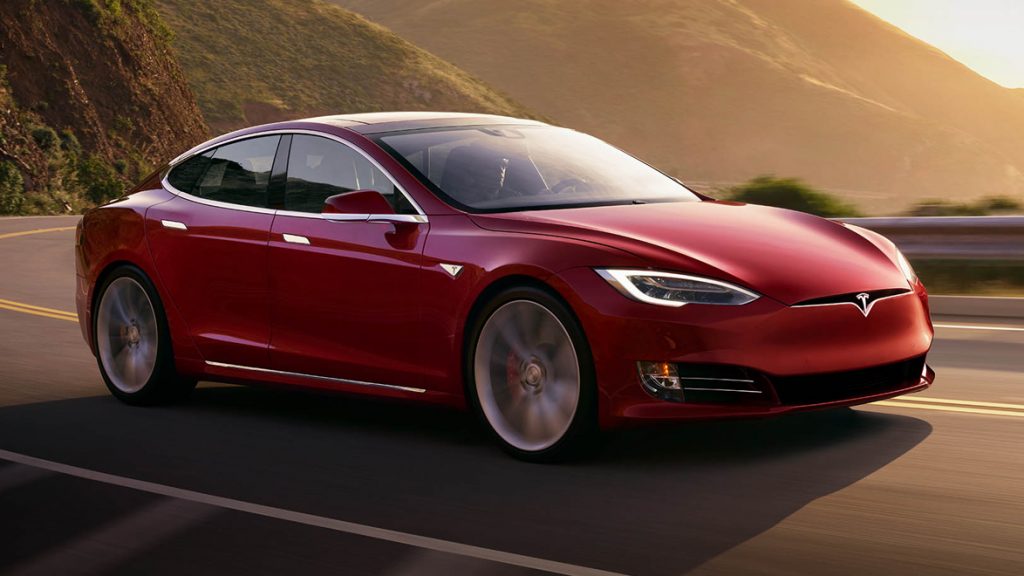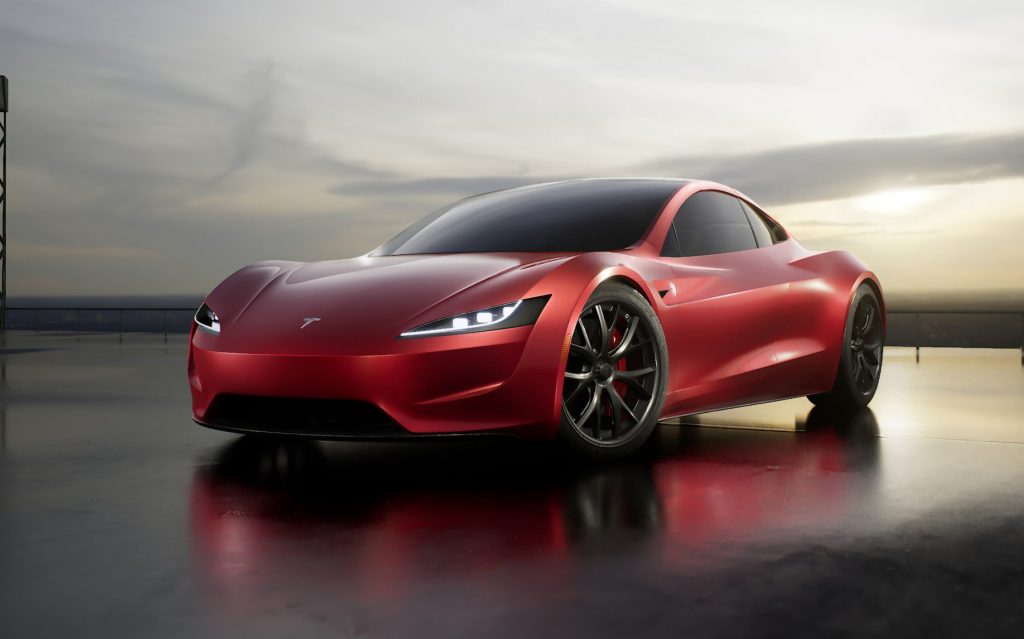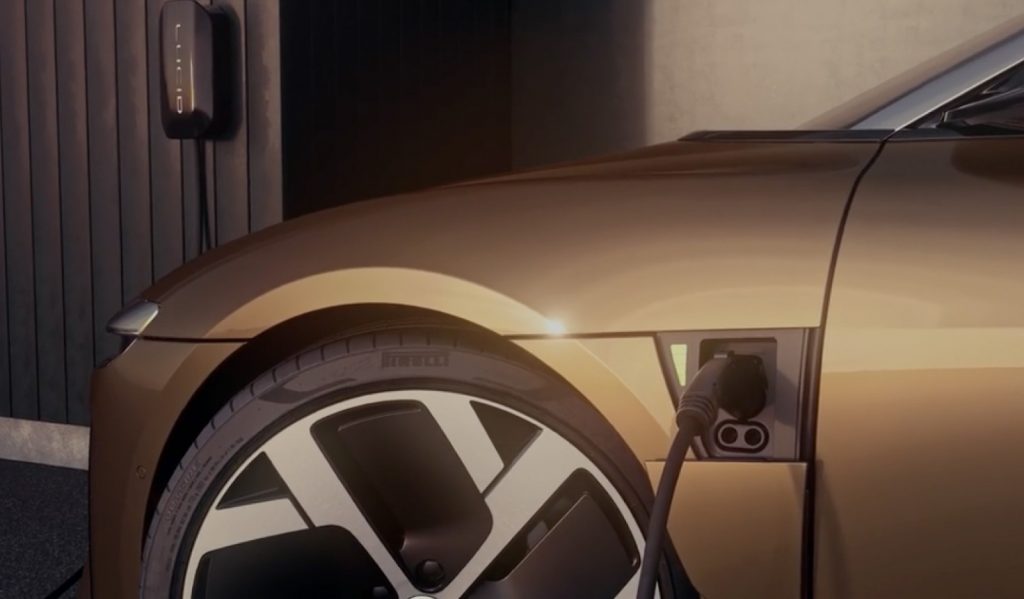Understanding The Electric Car

The Electric Vehicle
Or EV for short. Upon the birth of its phrase. The term has been shrouded with heaps of wonder, questions, controversy, assuptions and all-round nonsense. Most of which made by those who barely understand the concept of an EV.
We’ve previously mentioned before at how the public initially laughed at the idea of such a form of transport. Electric powered anything back in those days were considered – fragile, to say the very least.
And to have it power tons of metal, wires, leather and the occasional trim seemed like more of a science project rather than a heavy production consumer piece.
And we established that very clearly. Yes. Upon its birth, the EV was something even we laughed at. Vehicles that carried the concept were slow, boring and even downright dead upon arrival. The cars barely covered enough range to last a week let alone cross a state.
However, the behind the concept, there was one thing most of the companies practicing them were using the wrong idea.
It begs the question. Why did they all have to be so bad in the first place? Why did they all have to carry the same identity of being… tame, slow, and downright uninteresting? What was holding them back from making them as exciting as ICE cars in the same era?

That was the question Tesla wanted the answer to.
One of their very first cars, was something every other company never made. A fun, electric sports car.
The Tesla Roadster. At a glance it looks like a Lotus, and it goes like one. But there is no rumble of a high-revving engine. Instead, its replaced with complete silence, but the fun factor remains.
Sure, its somewhat of a black sheep in the Tesla family of today, but it proves one thing. The concept of the electric car doesn’t have to be bland. And it is a concept they carry in not only every vehicle, but every product they produce these days, and it has proven to destroy every other practice other companies have been doing for the EV.
Today, the term EV doesn’t only mean what it stands for.
The term has become somewhat of a status symbol. Everywhere you go nowadays, anything that is an EV has somewhat of an aura of classiness, a flair of luxury, to put it simply, you’re gonna turn some heads if your vehicle of choice is an EV.
And that is majorly thanks to the new direction companies have adopted to sell these EVs.
They decided to turn the dial up all the way to eleven, and put every single thing consumers have ever dreamt of in these cars. Be it giant flashy screens that play your favorite movies or a self-driving system that makes you look like a space-captain out of Star Trek, the EV has had a major glowup in the past decade, not to mention nowadays it’s hard to go through a single week without another company announcing they’ll be going full-electric by 2025.

"Where and What are they?"
With all this hype and excitement surrounding the EV, you still can’t help but wonder, why is it still so hard to see them around often?
The answer mostly lies in the majority of the public opinion. Make something too bland and no-one will get them, make it too flashy and only the 1% will be able to enjoy them. The reality is that now, the EV is entering a stage where companies are required to turn the dial down a little, and make them readily available for the majority of the public.
The public is ready to accept EVs, that’s certain. But are they ready to live with them?
The lifestyle of owning an EV is still something we may need to get used to. Unlike gas powered cars, you can’t really just fill up a tank at the last second when you start running out of miles. And when you do fill up you cant just plug in a three-pointer and expect it to be full in minutes either.
It is a big step to make, but luckily, Zero To Sixty Garage is here to explain the basics of what an EV is.
Pop The Hood.
So we all know that EVs are powered by electricity, go figure, and it’s common sense to know that they’re also powered by batteries. But you’re probably asking, what kind?
EV batteries are one of the most important components of electric vehicles, and they are the most expensive. EV batteries are composed of cells, and there are many types of cells.
There are three basic types of battery cells used in electric vehicles: cylindrical cells, prismatic cells, and pouch cells. There are also coin cells, which are used in research and development for testing purposes, but never actually used in electric vehicles.
The number of cells in an EV varies widely based on the cell format. On average, EVs with cylindrical cells have between 5,000 and 9,000 cells. This is in stark contrast with pouch cells, which only have a few hundred cells, and an even lower number in prismatic cells.
Cylindrical Cells
Cylindrical cells are the least expensive format to manufacture because they are already self-contained in a casing that offers good mechanical resistance. The technology is not only cost-efficient, but it is also mature, making it a format easy to manufacture.
Because of their shape, cylindrical cells have limitations in terms of power. For this reason, EVs with smaller batteries such as hybrid vehicles use pouch or prismatic cells to deliver more power during accelerations.
Prismatic Cells
Prismatic cells can be 20 to 100 times larger than cylindrical cells. They can typically deliver more power and store more energy for the same volume because less material is used for the casing. The casing’s shape and thickness also allow better heat management than cylindrical cells.
These are mostly popular with EV manufacturers from China as they carry their preferred cell chemistry (Lithium Ion Phosphate)
Pouch Cells
Pouch cells are made to deliver more power than other cell types. They are also very efficient when it comes to space usage. Their soft plastic casing, however, means they have the lowest mechanical resistance of all cell types. For this reason, an additional structure needs to be added during pouch cell assembly to protect them from mechanical damage.
It's all about Chemistry.
A cell’s chemistry is a mix of materials in the battery that makes possible electron sharing between two electrodes (the anode and the cathode) to obtain the desired electric potential.
There are many chemistries, and each one uses different materials that come at different costs. The cell’s chemistry has a huge impact on the cost of the battery. Since the battery is the most expensive part in an electric vehicle, it’s an important consideration when it comes to minimizing production costs.
Here’s some of the most common:
- Lithium Ion
The most popular cell types because of their cost efficiency. They offer the best trade-off between energy storage capacity and cost efficiency.
- Nickel Metal Hydride (Ni-MH)
Used in some of the first production hybrid cars, like the Toyota Prius, mostly due to how affordable it was. These days they are outshined by Lithium Ion batteries, but Toyota still uses them in their hybrids.
- Lead Acid
Used in buggies and golf-carts due to their low maintenance and easy replacement, don’t expect these to be used anywhere near production vehicles however, their performance output is seriously low and is only suitable for smaller sized vehicles.

Is it just Plug and Play?
Now that we got the batteries out of the way, you might thinking all you need now is a charging outlet and a three-pin and we’re all set. Right?
Well no, charging an EV also has its different types, and different ways of doing so, it can get quite confusing so we’ll just explain the basics.
AC and DC
If you’re doing research about electric cars, you may have encountered these two acronyms, to put it simply, these are charging types. AC means ‘Alternating Current’ and DC means ‘Direct Current’.
Electric cars can only charge via DC, and they rely on an onboard charger to convert the current from AC to DC if there isn’t a converter to do it for them before hand. Most charging stations already do that hence allowing charging times to be quicker, thus allowing you to enjoy a full charge in just 15 minutes.
Most households and typical charging sockets use AC currents due to the fact it allows large amounts of any desired voltage to be transformed into any form of power with minimal power loss, and also it allows that power to travel very long distances, say from a power station isolated away from civilization to an average home in the suburbs or a charging station in the same area.
Charging Modes
Knowing your car only needs DC currents doesn’t mean you should charge with it all the time either. EVs have several charging modes to ensure the current reaches your car safely without inflicting any harm to the batteries, or its user.
Mode 1 – Is a direct connection from your EV to a standard three-pin socket. This mode is banned in some countries and is outright discouraged from all manufacturers as there are no safety devices to control the voltage between the outlet, and the vehicle. Without the necessary precautions, there is a major chance of power overload, fires, a power trip, or worse.
Mode 2 – This is the safer version of Mode 1, a safety device called the ‘In-Cable Control and Protection Device’ limits the amount of voltage going through the cable thus allowing your vehicle to charge safely. However, this method is the slowest form of charging and is usually used for overnight recharging.
Mode 3 – This form of charging happens at Charging Stations, where the generator will cleverly distribute the power in AC form, just like in Mode 2, but at a higher power rate, compared to the maximum output of 3.7 kW in Mode 2, Mode 3 can distribute up to 43 kW, thus allowing your EV to charge slightly quicker.
Mode 4 – This is the only mode that converts AC to DC, which directly converts the current to the form EVs require, this is also the most powerful form of charging, with outputs of up to 150kW and beyond.
So how far can one take me?
Ah you’re talking about range.
Well you see, an average petrol car can take you only as far as about 400km on a full tank. Back then, EV cars achieving beyond this mark was unheard of. But these days, a full battery charge can easily cover that distance without breaking a sweat.
And it gets better, Mercedes Benz recently unveiled a concept EV called the EQXX that could cover a thousand kilometers with distance to spare.
All it actually takes is proper planning and a new routine to charge up each night you’ll never see a gas station in your life ever again.
Which brings up to the next question.
How easy is it to charge my EV locally?
You’d be surprised that Malaysia is well caught up with the EV market and is steadily getting itself ready for EVs to hit the road.
As of now, companies like BMW Malaysia, Mercedes-Benz Malaysia, Shell, Petronas, Caltex, private EV companies like GreenTech Malaysia. Yinson, and even Tenaga Nasional Berhad (TNB) all have planted hundreds of DC charging stations around the country.
Not only that, the government itself plans to install over 10,000 EV chargers by 2025. If that isn’t an impressive number, it’ll probably only grow in the years to come.
So when's the right time to get one?
The answer to that question is, right now.
A new era is looming upon us, companies are very quickly ditching any of their plans in regards to internal-combustion and focusing on full electrification. Newer EV cars these days have started to go easy on the gimmicks and extras and have started providing cars that are near similar to everything an ICE car needs, minus the engine and fuel. Thus allowing them to be cheaper and accessible.
Even our local government has announced that they will be going full-electric and will only be using EVs for their day to day commute.
EV users of today are smiling ear to ear about how they never have to worry about fuel-prices any longer and how much they’ve saved on not spending any money on petrol. Technology is only getting more and more advanced by the day, and those who are quick to adapt are enjoying every second of it.
Power delivery this instant, this quick and efficient has never seen the light of day until just recently, and here at Zero To Sixty Garage, we are eager to share it with all our customers.
